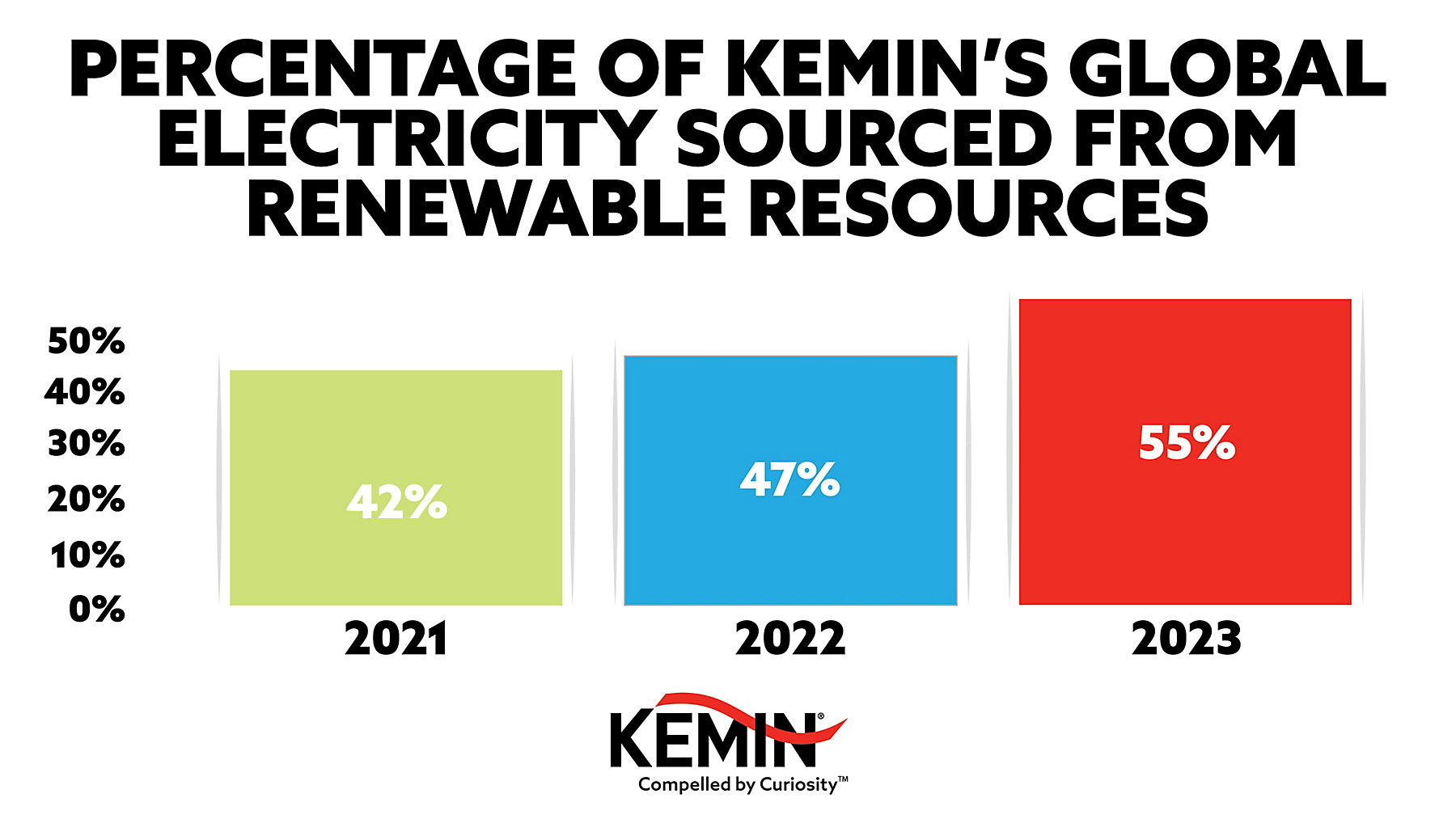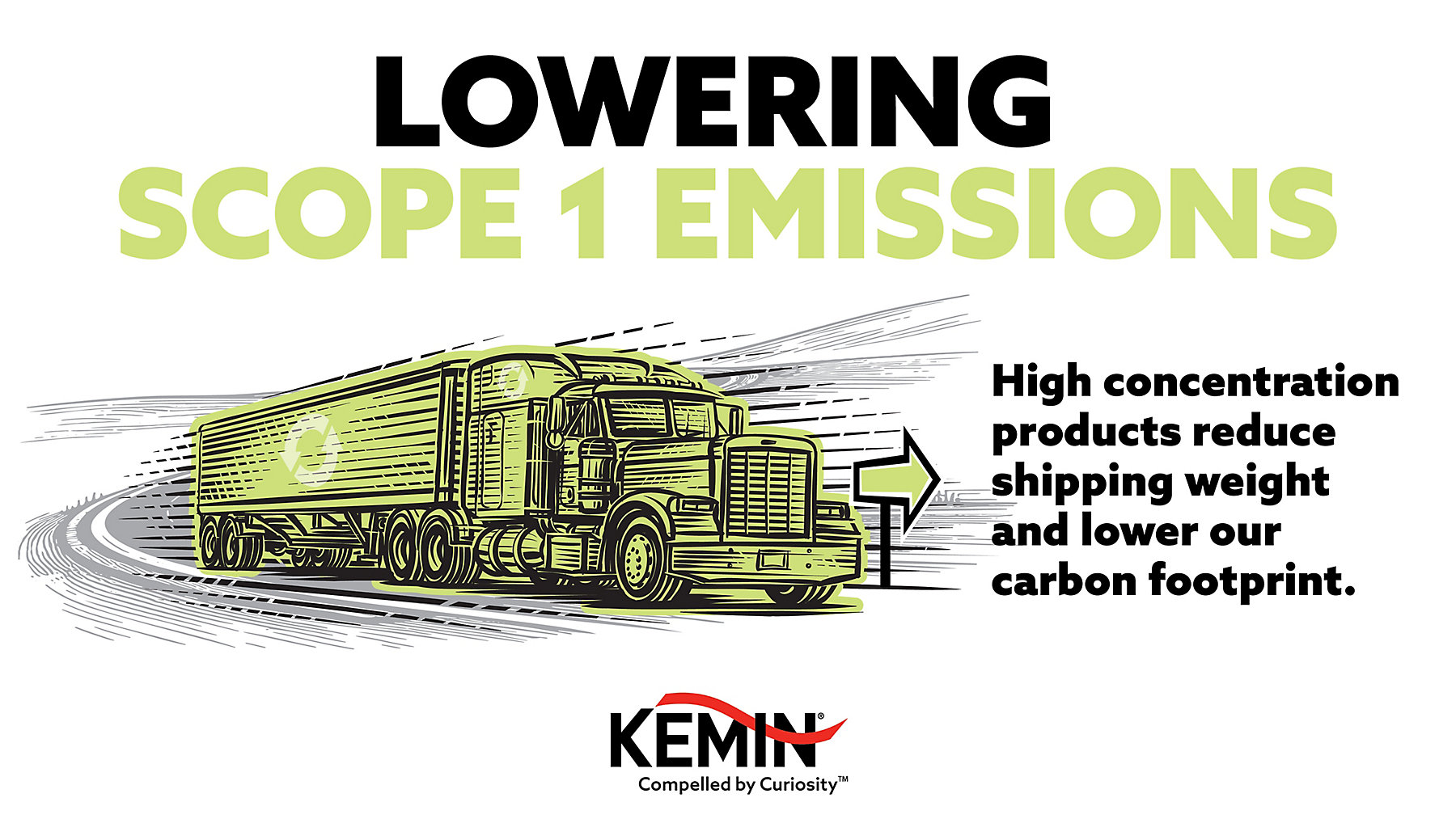Every April, Earth Day generates a lot of buzz about sustainability, but sustainability isn’t just a buzzword at Kemin; it’s a part of our global vision to sustainability transform the quality of life for 80% of the world’s population.
This Earth Day, Kemin is celebrating a significant step in its sustainability journey: we’ve lowered our overall carbon emissions by 10%.
For more than a decade, Kemin has been conscious of its impact on sustainability, but in 2021, the leadership team was compelled to do more and make an even bigger impact. They committed to gathering sustainability data and focusing on lowering the company’s overall carbon emissions. Taking a multifaceted approach, the company made significant improvements in a few short years. Here was how Kemin was able to reduce its overall carbon emissions by 10%.




